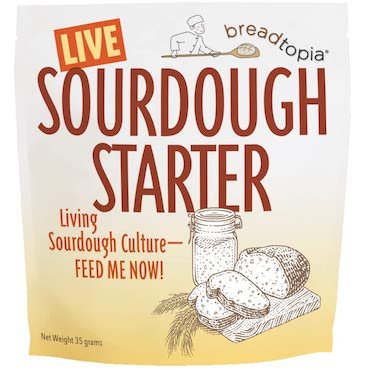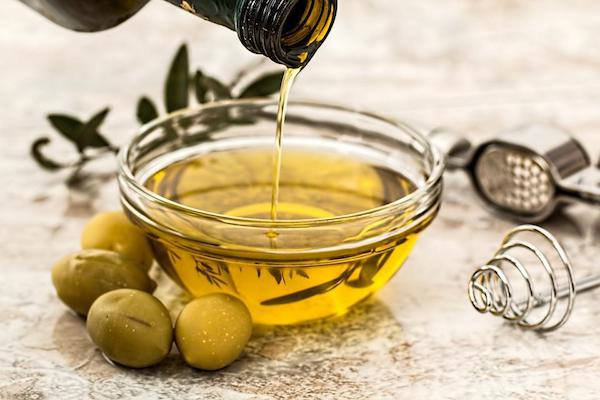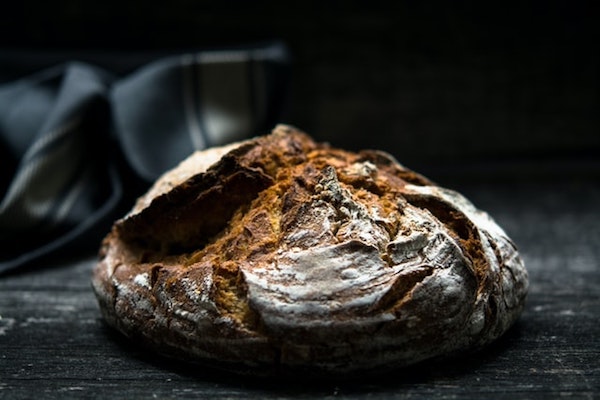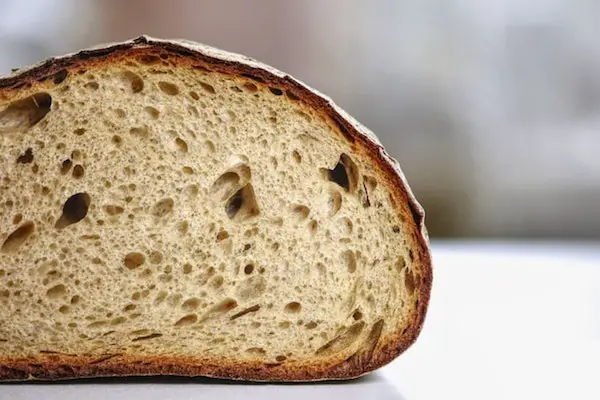There are different agents used to make bread, thereby resulting in a variety of characteristics and properties – our favorite being sourdough bread, and in this post, you’ll learn what makes sourdough bread so unique in the baking world.
To begin, what exactly makes sourdough so sour in taste? Surprisingly enough, it’s not yeast.

Nope. It’s actually lactobacillus, wherein the yeast lives in symbiosis. The lactobacillus feeds on end-products of yeast fermentation, in turn, creating the culture that goes sour through the excretion of lactic acid. This is the “secret sauce” that protects everything from spoiling.
Before the 19th century and the discovery of the leavening process, all breads were sourdoughs. It was only with the development of microscopes did scientists find out that dough can rise through the help of microbes.
The strains of yeast have been chosen and packed as Baker’s Yeast. Bread created using Baker’s yeast is not sour due to the absence of the lactobacillus. The yeast was then embraced by bakers all over the globe.
Read More: Yeast 101: What Types of Yeast Can You Use for Bread Making?
Disclaimer: some links used in this post are affiliate links, which means I will earn a small commission if you purchase using my provided links at no extra cost to you. I only recommend products I think will be helpful to you and bring you one step closer to creating tasty bread masterpieces!
How is Sourdough Bread Made?
Sourdough breads are usually made using sourdough starter. A sourdough starter is a culture of lactobacillus and yeast. It is a pancake-like flour and water mixture wherein the lactobacilli and yeast live.

We usually like to keep our starter in a container, and continually feed it to keep it alive and growing. To keep your starter healthy, you’ll need to regularly remove some parts out of the container (usually to make bread) and then refreshing the remainder by adding water and fresh flour to it. This is “feeding” the starter so it can continue to grow. By doing this, you’ll have a starter that can last you years – and in some cases, generations.
Starters can be acquired by getting a piece of starter and growing it. There are plenty of groups and companies online that can also send you starters, our favorite pick being this one.

Can you make Bread without yeast?
Yup, absolutely. Salt-risen bread uses a type of bacterial leavening that does not need yeast. Even though the leavening action is not consistent and needs close attention to the incubating conditions, this type of bread has become very common, due to it’s special cheese-like flavor and smooth texture.
Can you leaven bread with Fats?
Fats like vegetable oils, butter and lard can change the gluten development in breads by lubricating and coating the single protein strands and helping in holding the structure together.

If there is too much fat inside the bread dough, the lubricating effect usually leads the protein structures to separate. The greatest leavening action is achieved by using fat content of 3% by weight.
Read more: The Basics of Bread Composition
Bread preparation among cultures will vary. The crusts, body and texture will change depending on the ingredients used and the methods incorporated. Some bakers will use special personalized methods to give it a sense of originality that no other can copy.



